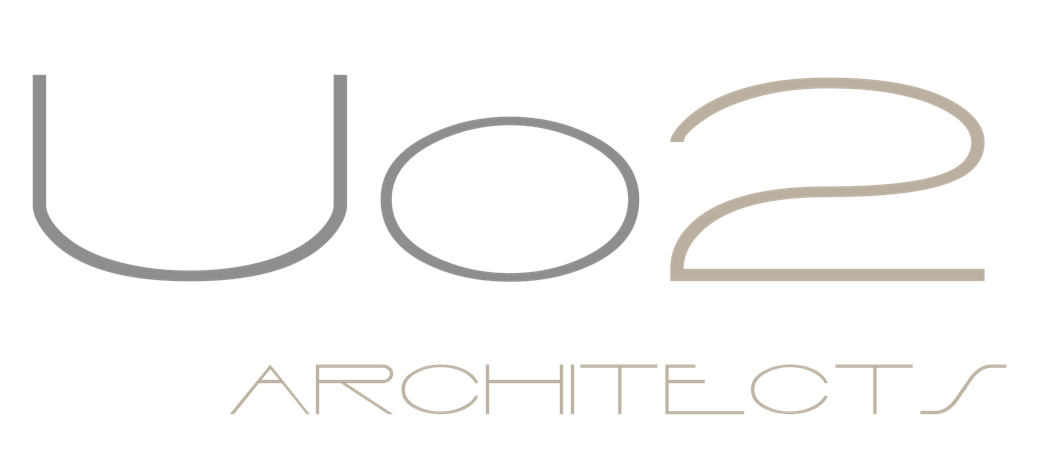
Let’s face it, dear reader, I’m in the business of dreams. My calling card? Transforming bare land into spaces that evoke sighs of “wow” and “this is it!” But here’s the secret ingredient hidden in my architectural blueprints: a delicate balancing act – marrying marketability with functionality. It’s a tightrope walk, a constant tug-of-war between what sells and what serves. Get it wrong, and the dream turns into a nightmare for both me and the future residents.
The Problem: Balancing Act Blues
Imagine it: sleek, minimalist kitchens straight out of design magazines, open-floor plans stretching into infinity, and rooftop terraces boasting panoramic cityscapes. Sounds like a winner, right? Not necessarily. Statistics paint a different picture. A recent National Association of Home Builders (NAHB) survey revealed that 72% of homeowners wish their houses had more storage space, while a HomeAdvisor report showed that 43% crave dedicated work-from-home areas. So, while those trendy open spaces might look stunning in photographs, their functionality for real-life needs comes into question.
The Cost of Misbalancing:
The stakes are high. Striking the wrong balance leads to several downsides:
- Unsold units: Beautiful but impractical spaces gather dust on the market, translating into lost revenue and wasted resources.
- Unhappy residents: Feeling cramped, lacking storage, or struggling with inadequate work-from-home setups breeds discontent and negative reviews.
- Damaged reputation: A track record of poorly designed spaces erodes trust, making future projects harder to sell.
Building the Solution: A 3-Step Harmony
Now, onto the good part – crafting a solution! Here’s my three-step approach to achieving that coveted harmony between marketability and functionality:
Step 1: Know Your Audience:
Market research is my gospel. I delve deep into understanding my target demographic: their lifestyles, needs, aspirations. Are they young professionals, growing families, or retirees? What are their daily routines, work demands, and leisure activities? By understanding their “why” behind buying a property, I can design spaces that resonate with their lived experiences.
Step 2: Embrace Flexibility:
Gone are the days of cookie-cutter layouts. I champion adaptable spaces that can transform based on individual needs. Think movable walls, built-in furniture with hidden storage, and modular islands in kitchens. The key is to provide a canvas for residents to paint their own functional masterpiece.
Step 3: Technology to the Rescue:
Smart home integration isn’t just a buzzword; it’s a game-changer. Imagine voice-controlled lighting, automated temperature control, and app-operated appliances that streamline daily tasks and boost energy efficiency. These elements not only elevate marketability but also create a truly functional and comfortable living environment.
The Journey Continues:
Remember, striking the perfect balance is an ongoing process. Market trends evolve, needs change, and technology advances. As a developer, I must constantly adapt, listen to feedback, and embrace innovation.
So, dear reader, I leave you with this thought: what does your dream home look like? Not just the aesthetics, but the spaces that truly function for your life? Share your thoughts, and let’s create future projects that are not just marketable, but also deeply resonant with the lives they shelter.
#propertydevelopment #design #architecture #marketability #functionality #homeownerneeds #smartliving #adaptablespaces #technologyintegration #dreamhomes
